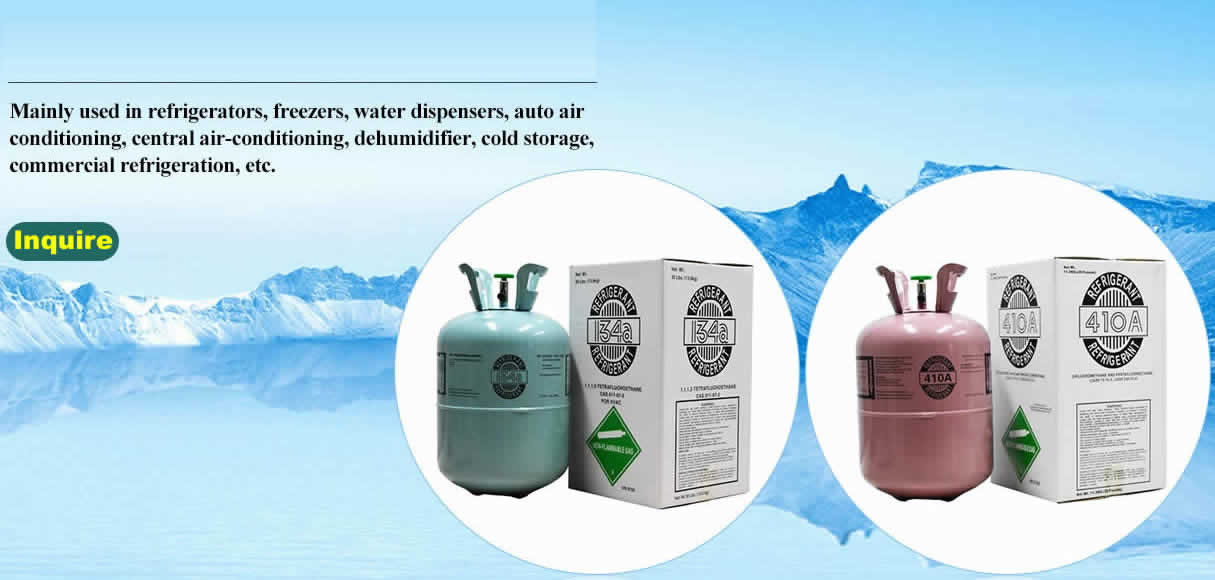No products in the cart.
Other Info
Most Commonly Used Refrigerants
1. R-134a (Tetrafluoroethane)
R-134a, or tetrafluoroethane, is one of the most widely used refrigerants in modern air conditioning and refrigeration systems. It emerged as a popular replacement for R-12 due to its lower environmental impact, particularly its zero ozone depletion potential. R-134a is used in various applications, including automotive air conditioning, domestic refrigerators, and commercial refrigeration systems. Its chemical properties make it a stable and efficient refrigerant, ensuring effective cooling while maintaining energy efficiency. Despite its benefits, R-134a is a hydrofluorocarbon (HFC) and has a high global warming potential (GWP), leading to regulatory pressures to phase it out in favor of more eco-friendly alternatives.
2. R-410A (Purón)
R-410A, commonly known as Purón, is a refrigerant blend of difluoromethane (R-32) and pentafluoroethane (R-125). Introduced as a replacement for R-22 in residential and commercial air conditioning systems, R-410A is valued for its higher efficiency and lower toxicity. It operates at higher pressures than R-22, which necessitates the use of specifically designed equipment but results in improved system performance and energy efficiency. Additionally, R-410A has a zero ozone depletion potential, aligning with environmental regulations. However, similar to R-134a, its high GWP has led to increased scrutiny and the development of more sustainable refrigerants.
3. R-32 (Difluoromethane)
R-32, or difluoromethane, is gaining popularity as a refrigerant due to its lower environmental impact compared to many other HFCs. It has a significantly lower GWP than both R-134a and R-410A, making it a more environmentally friendly option. R-32 is used in various air conditioning systems, including residential, commercial, and industrial applications. Its properties allow for efficient heat transfer and energy savings, contributing to the overall performance of HVAC systems. Additionally, R-32 has a relatively low flammability rating, making it safer to use while still providing effective cooling. Its adoption is part of a broader industry trend towards refrigerants with lower environmental impact.
4. R-1234yf (Tetrafluoropropene)
R-1234yf, or tetrafluoropropene, represents a new generation of refrigerants designed to replace R-134a in automotive air conditioning systems. It boasts a significantly lower GWP, approximately 99.9% less than R-134a, making it an attractive choice for reducing greenhouse gas emissions. R-1234yf also has a low flammability rating and excellent thermodynamic properties, ensuring efficient cooling performance. Its adoption is growing in response to stringent environmental regulations and the automotive industry’s commitment to sustainability. While R-1234yf is more expensive than traditional refrigerants, its environmental benefits and regulatory compliance make it a key player in the future of refrigeration and air conditioning technologies.


